Curious Questions: Where do the names of our weights and measures come from?
Arms, feet, local stones and even barleycorn have all played a part in our bid to quantify the world, discovers Ben Lerwill, as he weighs up the stories behind how units of measurement were standardised.
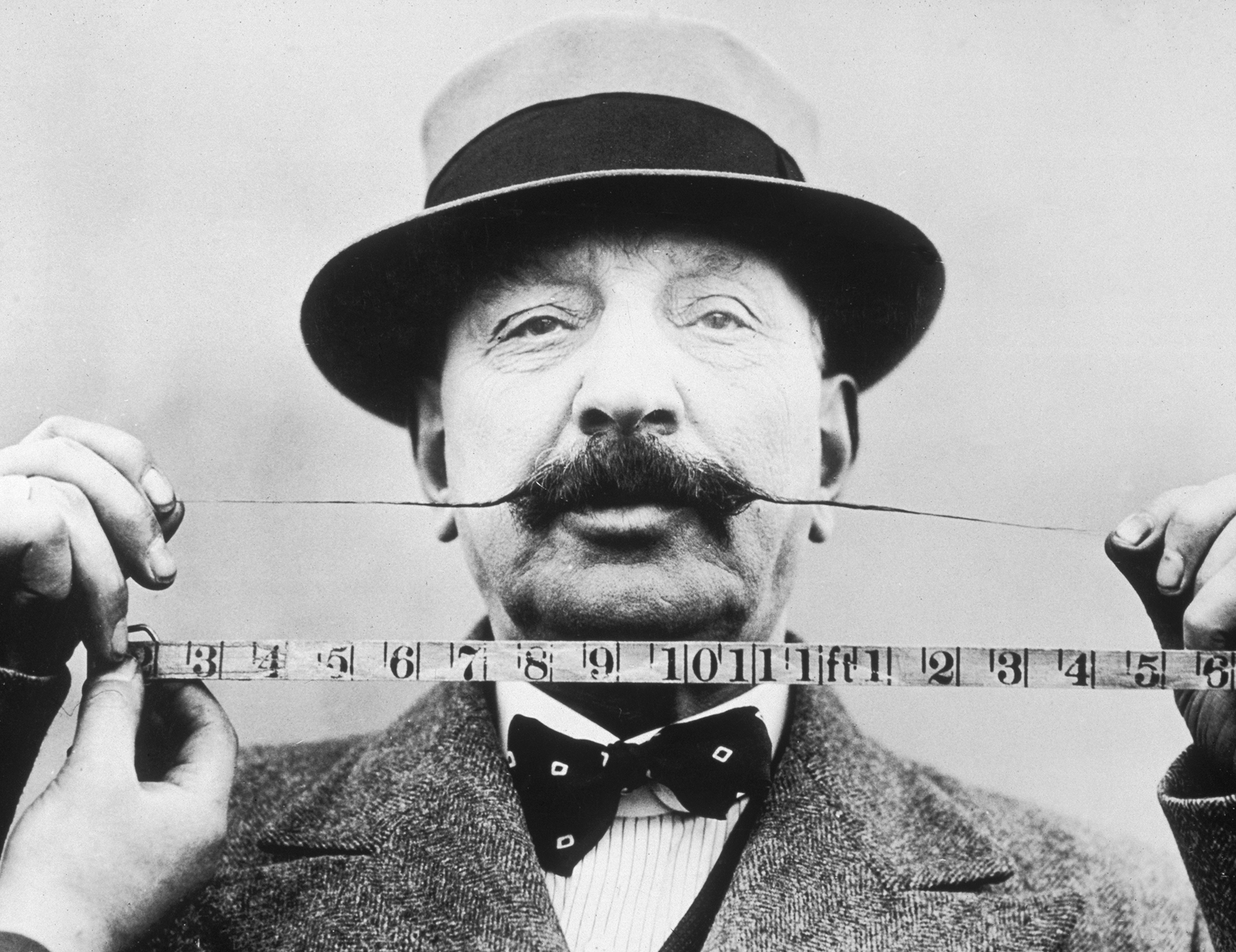

Imagine, for a moment, a world without measurements. No miles or kilometres; no grams or ounces; no inches, litres, fathoms or furlongs. A world where height, weight, depth, volume, area and length are essentially incalculable. The thought seems faintly ludicrous. Our current units of measurement have become so ingrained in daily life that they almost seem to have existed since the dawn of time. But not only is each one the product of human invention, each one also has a story behind it.
This is the central premise behind The Curious History of Weights & Measures, a new book by author Claire Cock-Starkey. It tells the tale of how we’ve used measurements to impose order onto the world around us. Nautical miles, altimeters, measuring jugs, those little increments on old grocers’ scales: all of these have helped us to quantify the vague, as have even more obscure units, from wool weights to shoe sizes, from horsepower to light years and from pottles (half a gallon) to oxgangs (an area of land that can be ploughed in a day) — yes, they were new to me, too.
What is a furlong?
The name of this medieval measure of distance — which is 220 yards, or just over 200 metres — coems from the old English lang and furh, translating roughly as ‘long furrow’. It has its origins in open-field farming, but, today, it remains in modern usage through racing. The reason? When the sport of kings was formalised more than 350 years ago, the furlong was still a common form of land measurement.
It’s a fascinating topic. Over the centuries, people have come up with all sorts of arcane measures, from the barleycorn — the length of a single grain of cultivated barley — to the ell, which was widely used in medieval northern Europe and was based on the length of a man’s forearm and outstretched hand. In an era when we can now state with exactness how far away we are from the moon, they seem almost preposterously quaint.‘We now have concepts of these enormous distances,’ states Mrs Cock-Starkey. ‘Having things such as cars means we can travel so much further, and it’s become so much more important that we can measure distance. In times gone by, you would jump on your horse and say “oh, it’s a day’s ride”.’
The original methods for measuring length made use of parts of the human body (a hand, say, as horses are still measured, or a single pace), but were flawed in the fact that people are rarely identically sized. Similarly, the world was once full of localised measures — a village might have had a particular ‘stone’ against which to weigh market goods, for example — but confusion reigned when it came to wider trade and commerce. Standardised systems were needed and they came about in all manner of ways.
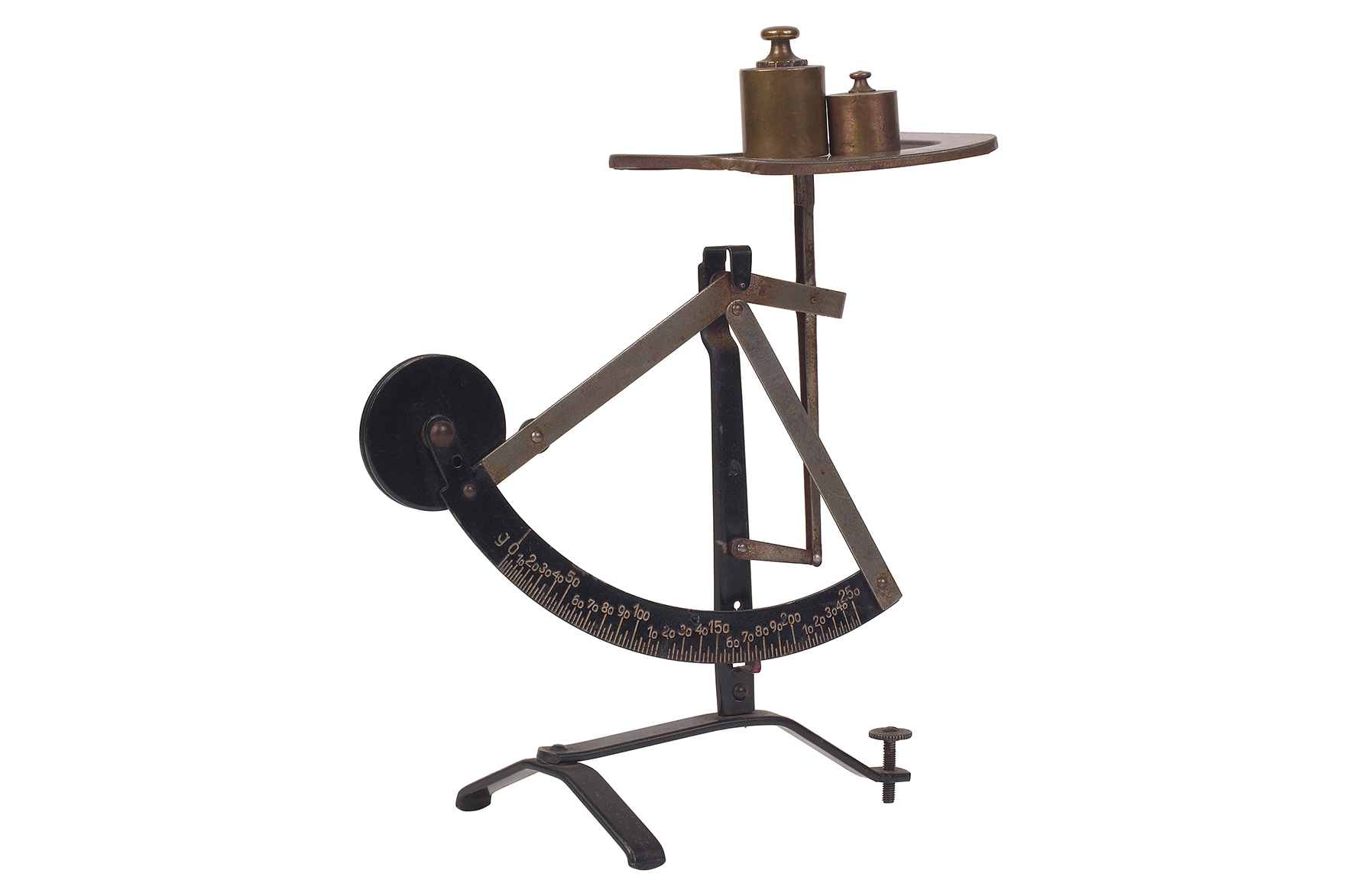
‘We use weights and measures every day, but I realised that, when you start looking into their stories, there are all sorts of twists and turns and tangents,’ explains Mrs Cock-Starkey. ‘We now take it as read that people understand what a centimetre is, but it’s not always been like that. Those historical stories of how we got to standardisation are really interesting and I find it fascinating that we’ve been able to quantify these abstract ideas of things such as earthquakes, creating scales so that they can be compared.’
Did you know, for example, that the word ‘ton’ comes from the French noun tonnerre, meaning thunder, after the rumbling noise made when a vast cask of wine gets rolled through a warehouse? Or that the US measurement of a cup — the ruin of many an online recipe for British cooks — harks back to life on the American frontier, when a simple cup was the only thing many people had with which to scoop flour or sugar?
Exquisite houses, the beauty of Nature, and how to get the most from your life, straight to your inbox.
It also transpires that many of the units we’re now familiar with were once based on physical objects. In 1799, the French made a platinum kilogram to serve as the standard for the new metric system. This chunk of precious metal sat in the national archives, acting as the base against which all other kilograms would be measured. A similar story concerns the pound weight, brought to these shores by the Romans (the Latin word for the weight, libra, is why, to this day, we still use the abbreviation ‘lb’), and the yard, the official standard of which was crafted from brass by a firm of 19th-century London instrument-makers.
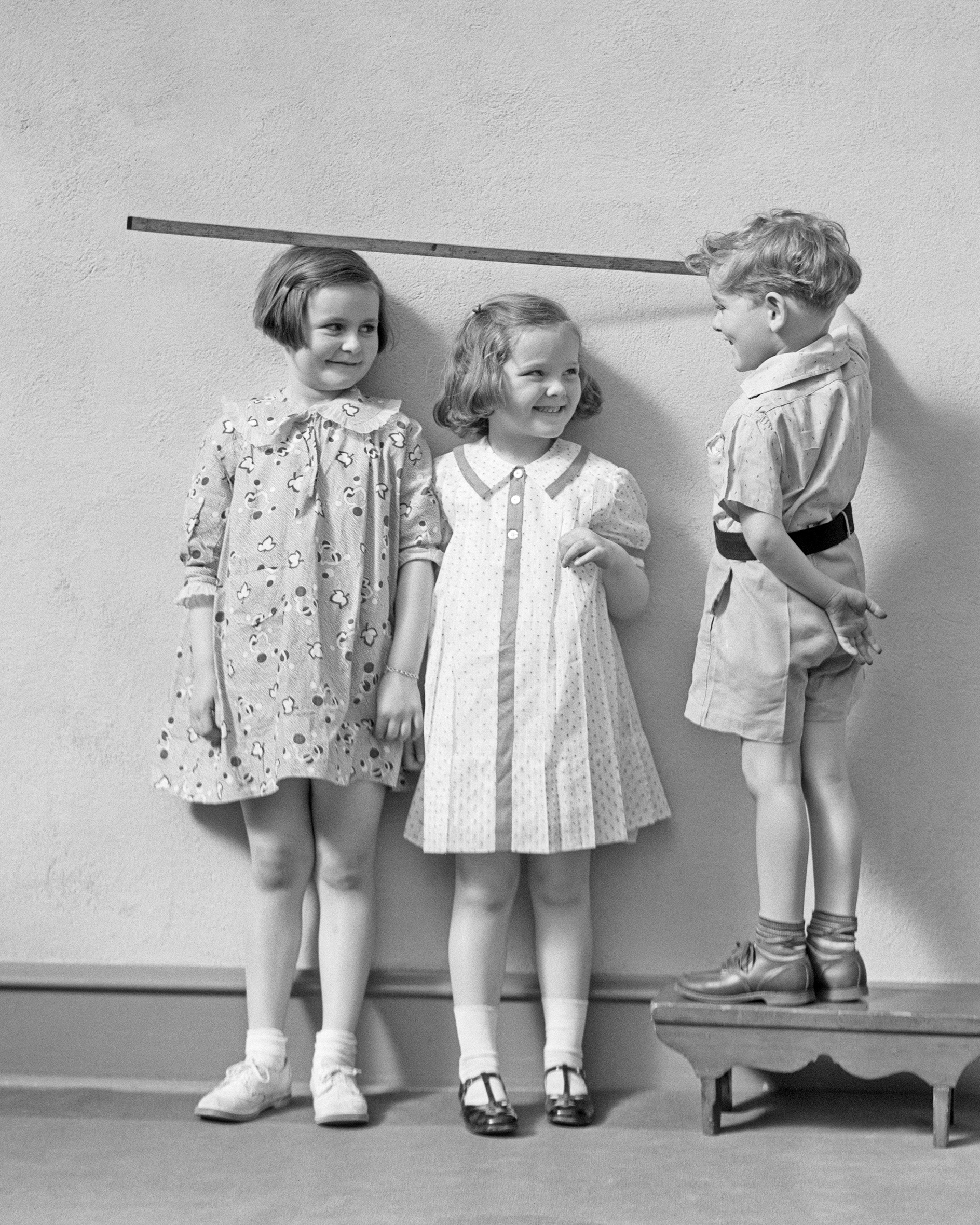
‘That’s one of my favourite things, thinking about when these all used to be actual objects that you could look at and pick up. I love that concept of “I am holding a yard”,’ admits Mrs Cock-Starkey.
Today, many standard units are precision-measured using beams of light. ‘It’s almost a shame that we now have this incredible standardisation, but, of course, science and rational thought have become more important. You can’t do a proper scientific experiment if you’re using “Dave’s little stick”. It’s got to be something that’s standard and can be checked and verified.’
Nevertheless, our move to standard units hasn’t been without bumps in the road, not least here in the UK. As recently as 2001, a group of market traders known as the ‘metric martyrs’ caused controversy by selling produce using only imperial measures and headlines were made only last year around the Government’s plans to bring back pounds and ounces. Metric and imperial units have long coexisted in day-to-day life, which is one reason why, even now, standardisation still doesn’t have us firmly in its grip. So many of us, after all, retain our own quirks.
‘I always say my height in feet and inches and, when I’m cooking, I would still probably prefer to use ounces rather than grams, simply because that’s what I’m used to,’ observes Mrs Cock-Starkey.
‘But it’s so individual. My husband always gives distances in football pitches, whereas my dad was a runner, so I find an athletics track very easy to visualise — 100 metres, 400 metres, those distances make sense to me. It totally depends on your background and I guess that’s quite nice.’
‘The Curious History of Weights & Measures’ is out now (Bodleian Library Publishing, £14.99)
What are the names of champagne bottles, and where do they come from?
Mystery still swirls around exactly why, from the early 20th century onwards, the names of Biblical kings were chosen to denote the size of large bottles of Champagne beyond the magnum. One theory is that it was intended to link the drink to power and royalty.
Regardless, you’ll need to be wise about when to open your jeroboams and methuselahs: the former holds three litres of bubbly, the latter six litres. Here's the full list:
- Mini Bottle: 20cl
- Half Bottle: 37.5cl
- Standard Bottle: 75cl
- Magnum: 1.5L
- Jeroboam: 3L
- Methuselah: 6L
- Salmanazar: 9L
- Balthazar: 12L
- Nebuchadnezzar: 15L — equivalent to 120 standard bottles
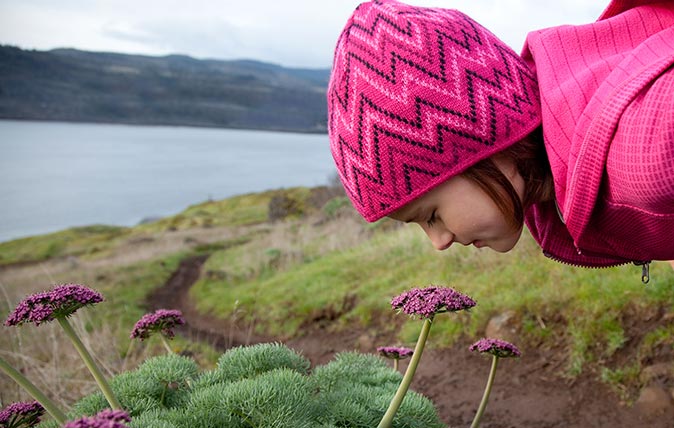
Curious Questions: Why aren't there any measures for smell and taste?
Modern humans meticulously measure everything from the widths of atoms to primary school exam results, but have no equivalent for
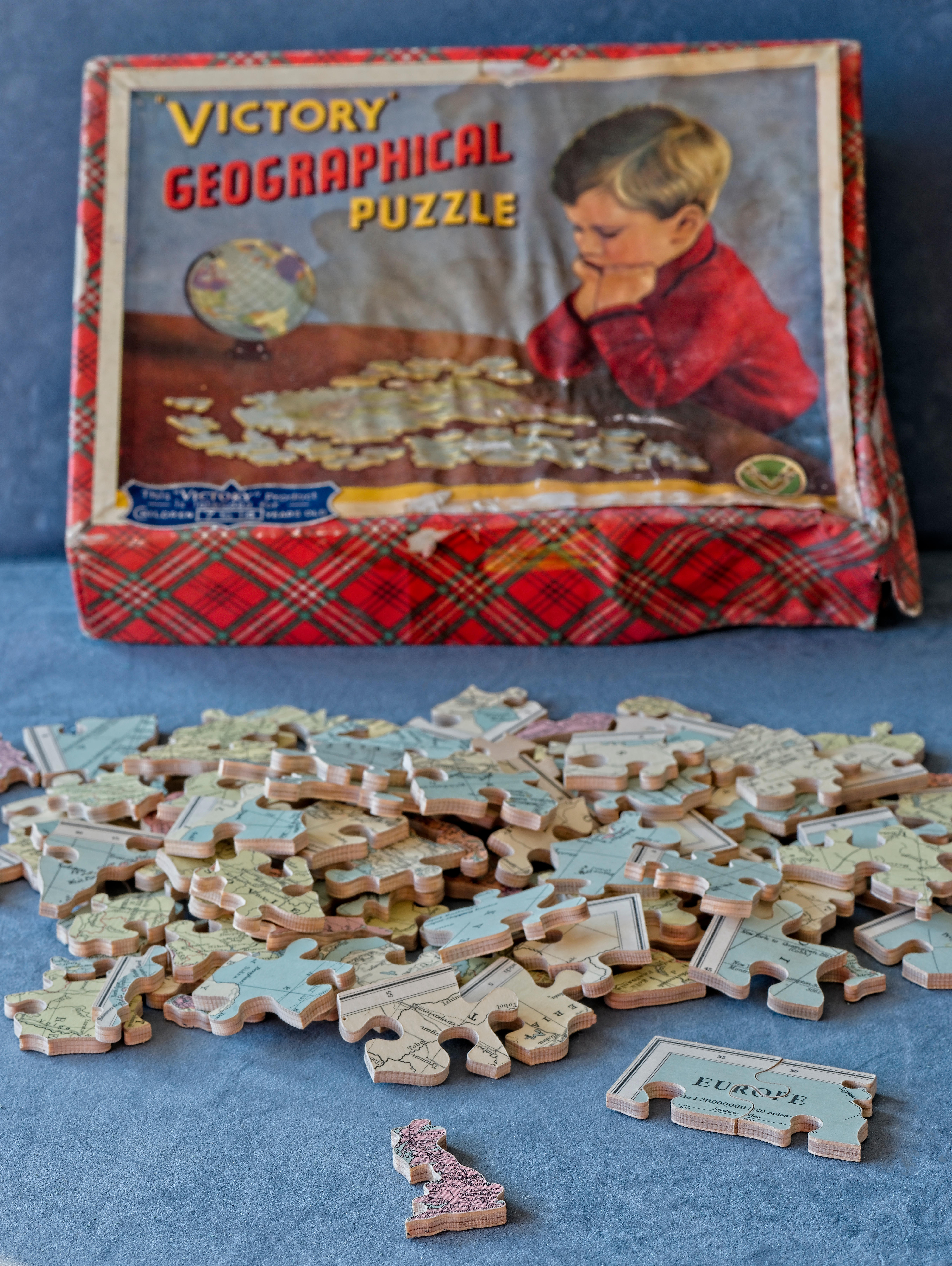
Curious Questions: Why do we call picture puzzles 'jigsaws'?
Jigsaws have been around since the 18th century and have gone through all sorts of iterations. Martin Fone traces their
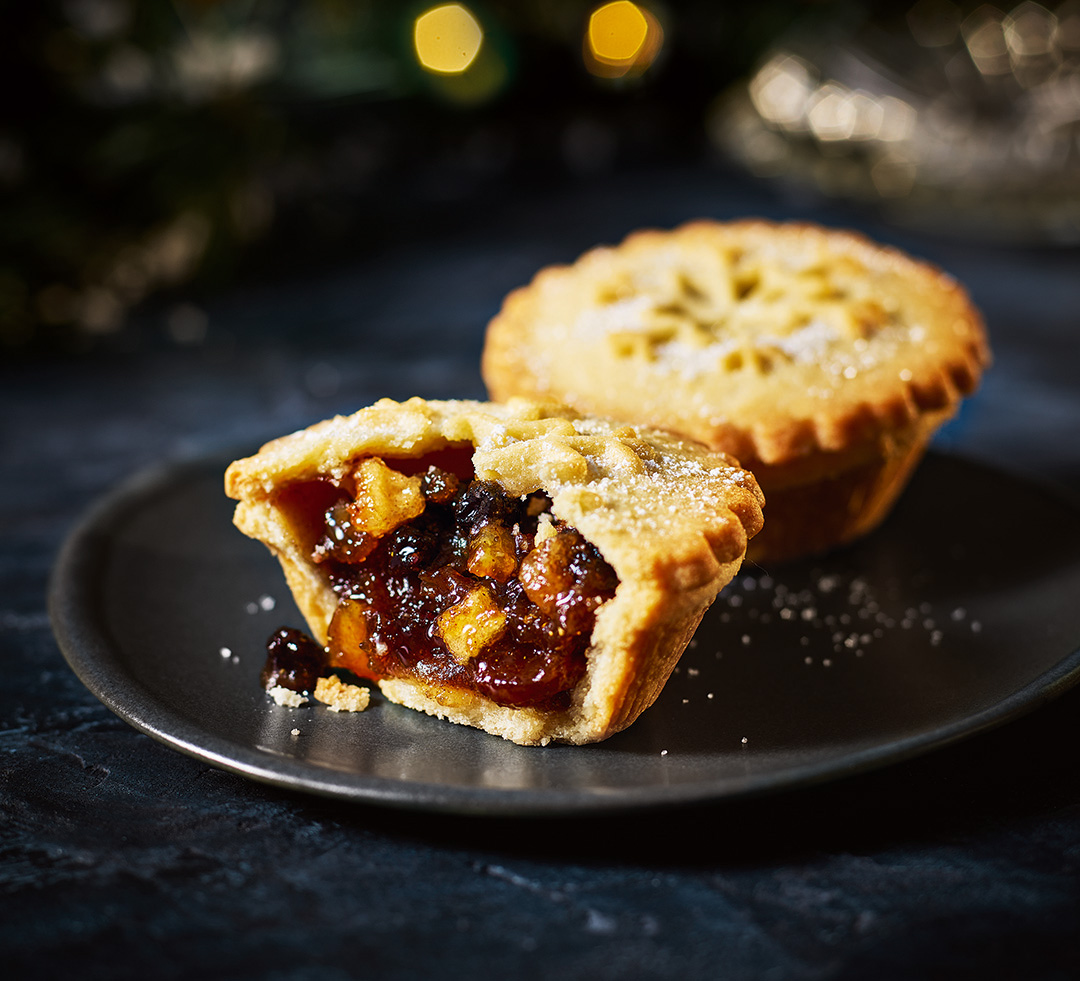
Curious Questions: Did mince pies really once contain meat?
Martin Fone investigates the most traditional seasonal food of all: mince pies.
Ben Lerwill is a multi-award-winning travel writer based in Oxford. He has written for publications and websites including national newspapers, Rough Guides, National Geographic Traveller, and many more. His children's books include Wildlives (Nosy Crow, 2019) and Climate Rebels and Wild Cities (both Puffin, 2020).
-
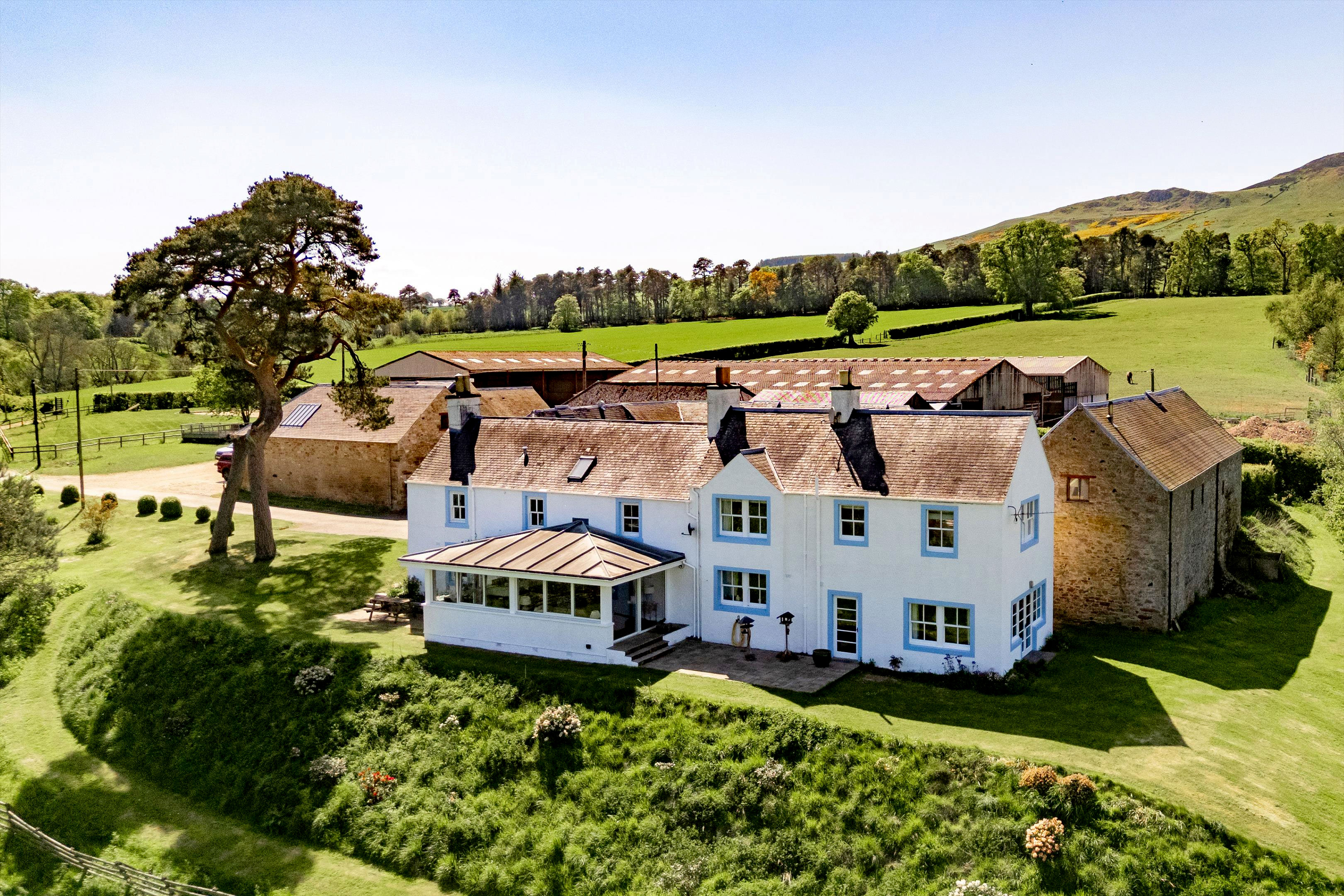 A beautiful old farmhouse in 15 acres of breathtaking Scottish scenery, for sale at just £825,000
A beautiful old farmhouse in 15 acres of breathtaking Scottish scenery, for sale at just £825,000A wonderful country home with almost 15 acres of land has come up for sale at a price which will make urban dwellers question their life choices.
-
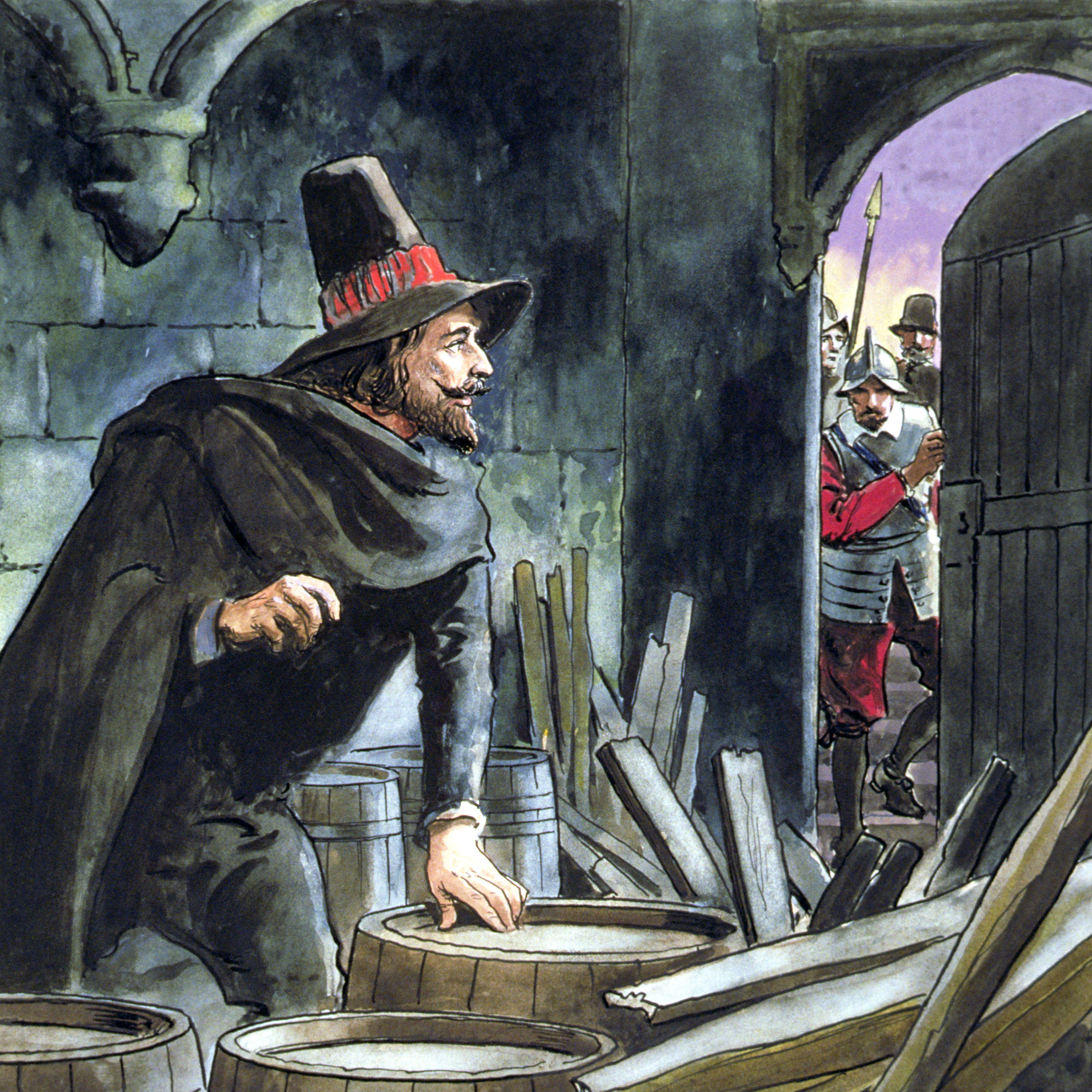 Remember, remember to take the Country Life Quiz of the Day, November 5, 2025
Remember, remember to take the Country Life Quiz of the Day, November 5, 2025It's a banger.
-
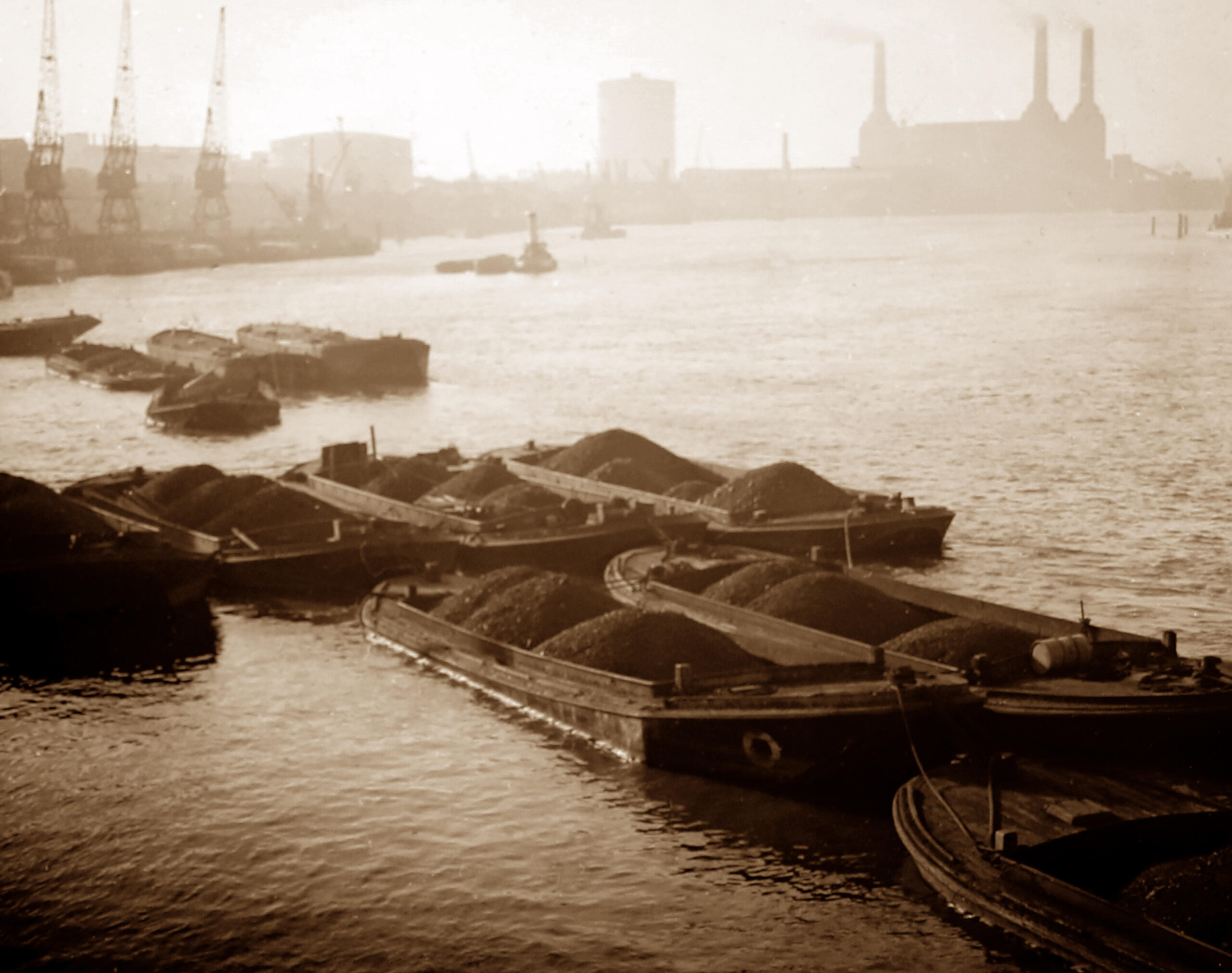 Curious Questions: Did the Victorians pave the way for the first ULEZ cameras in the world?
Curious Questions: Did the Victorians pave the way for the first ULEZ cameras in the world?Martin Fone takes a look at the history of London's coalgates, and finds that the idea of taxing things as they enter the City of London is centuries old.
-
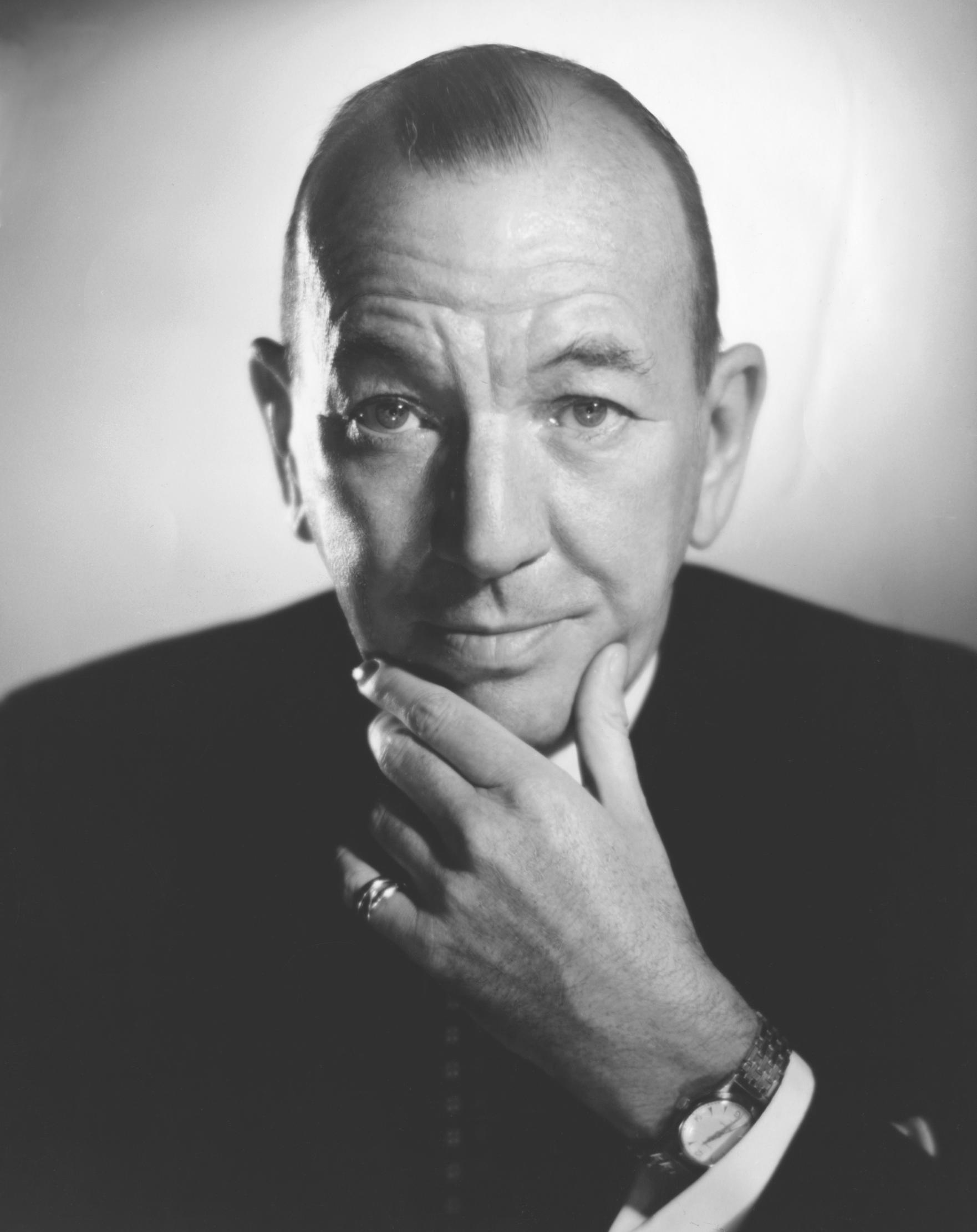 Curious Questions: What are the finest last words ever uttered?
Curious Questions: What are the finest last words ever uttered?Final words can be poignant, tragic, ironic, loving and, sometimes, hilarious. Annunciata Elwes examines this most bizarre form of public speaking.
-
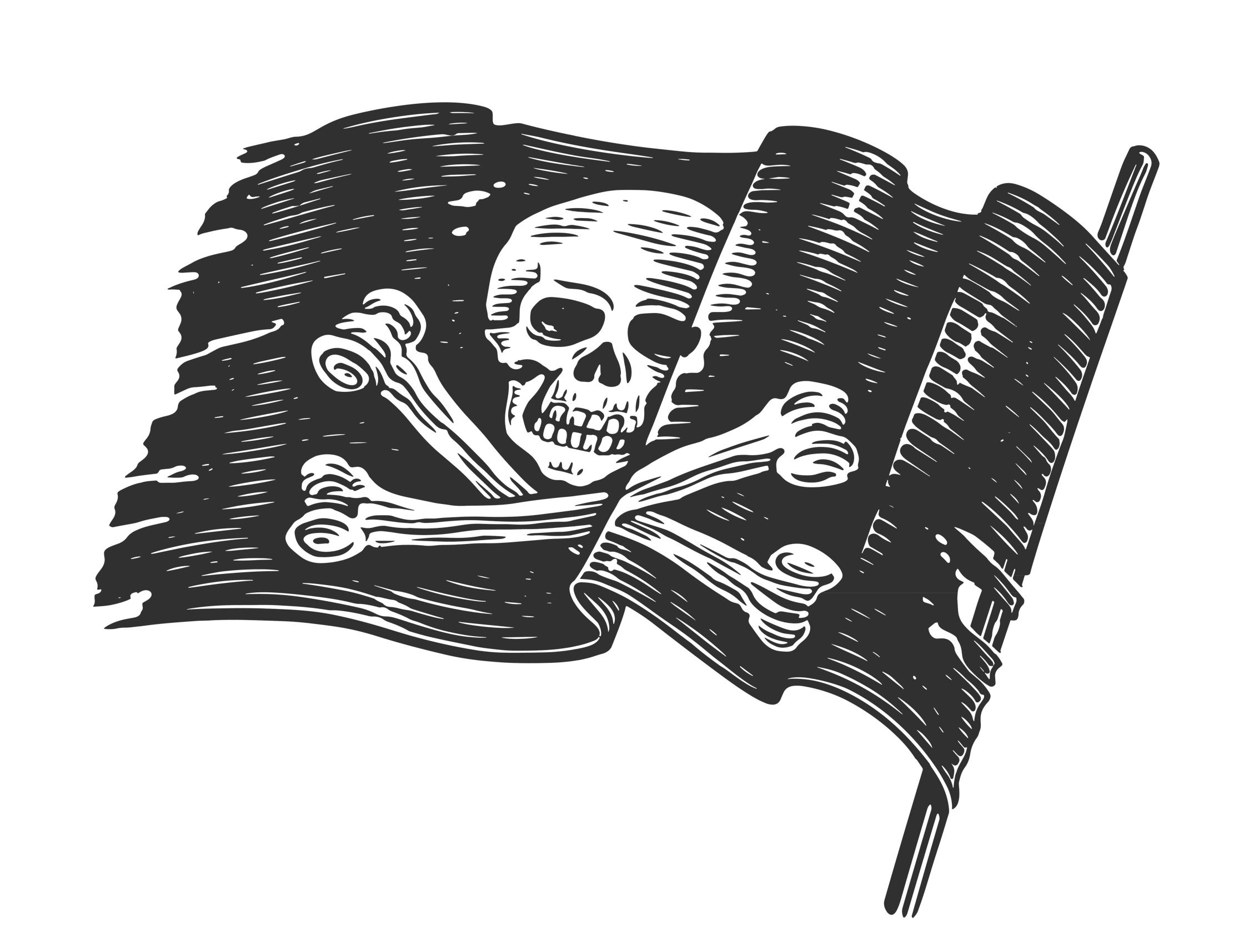 Curious Questions: Why do we still love pirate stories, 300 years on from Blackbeard?
Curious Questions: Why do we still love pirate stories, 300 years on from Blackbeard?Tales of swashbuckling pirates have entertained audiences for years, inspired by real-life British men and women, says Jack Watkins.
-
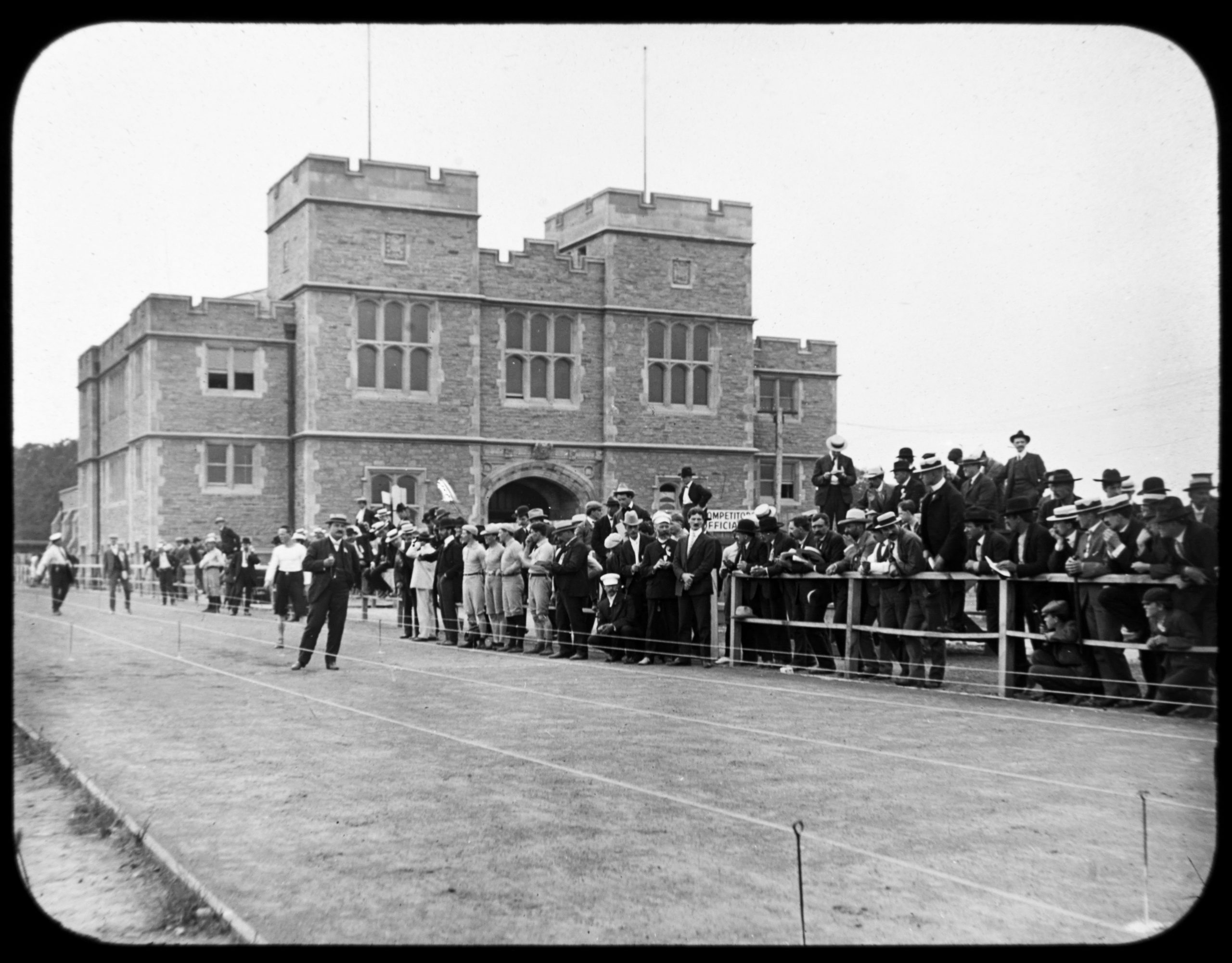 Curious Questions: Why is race walking an Olympic sport?
Curious Questions: Why is race walking an Olympic sport?The history of the Olympics is full of curious events which only come to prominence once every four years. Martin Fone takes a look at one of the oddest: race walking, or pedestrianism.
-
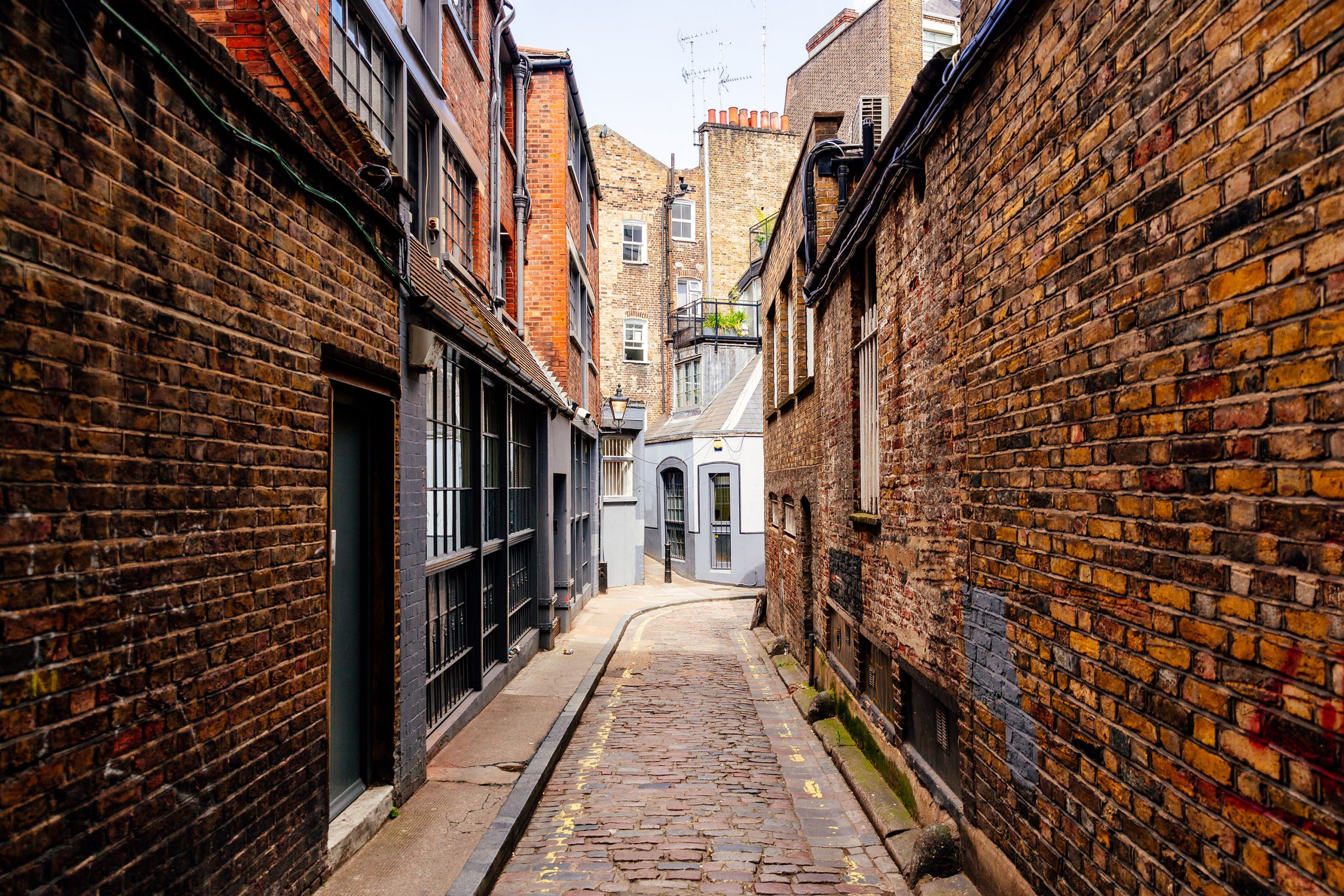 Curious Questions: Where does the phrase 'daylight robbery' come from? It's literally about the theft of daylight
Curious Questions: Where does the phrase 'daylight robbery' come from? It's literally about the theft of daylightMartin Fone tells a tale of sunshine and tax — and where there is tax, there is tax avoidance... which in this case changed the face of Britain's growing cities.
-
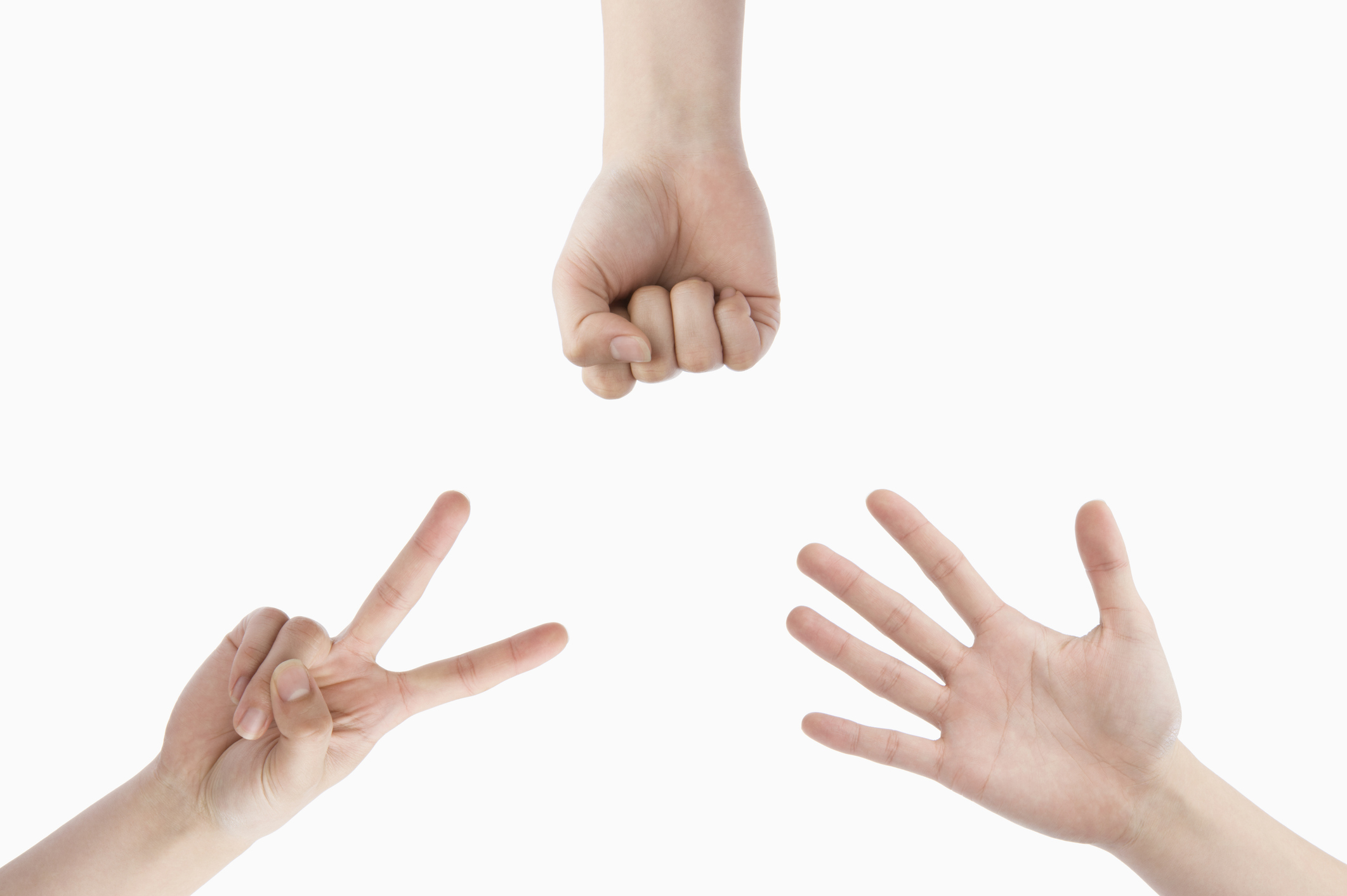 Curious Questions: Is there a way to win at rock, paper, scissors?
Curious Questions: Is there a way to win at rock, paper, scissors?A completely fair game of chance, or an opportunity for those with an edge in human psychology to gain an advantage? Martin Fone looks at the enduringly simple game of rock, paper, scissors.
-
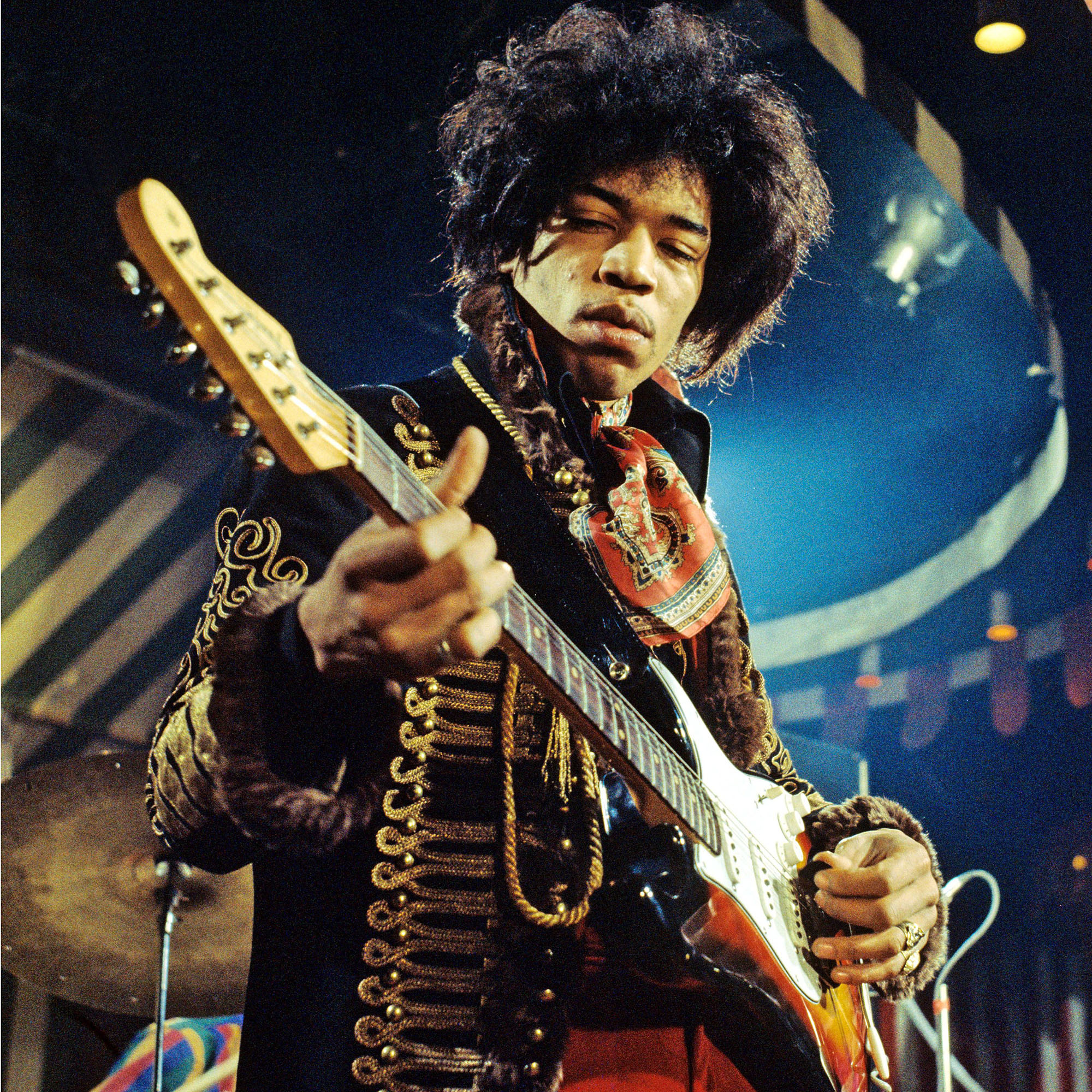 Curious Questions: Is being left-handed an advantage?
Curious Questions: Is being left-handed an advantage?In days gone by, left-handed children were made to write with the ‘correct’ hand — but these days we understand that being left-handed is no barrier to greatness. In fact, there are endless examples of history's greatest musicians, artists and statesmen being left-handed. So much so that you'll start to wonder if it's actually an advantage.
-
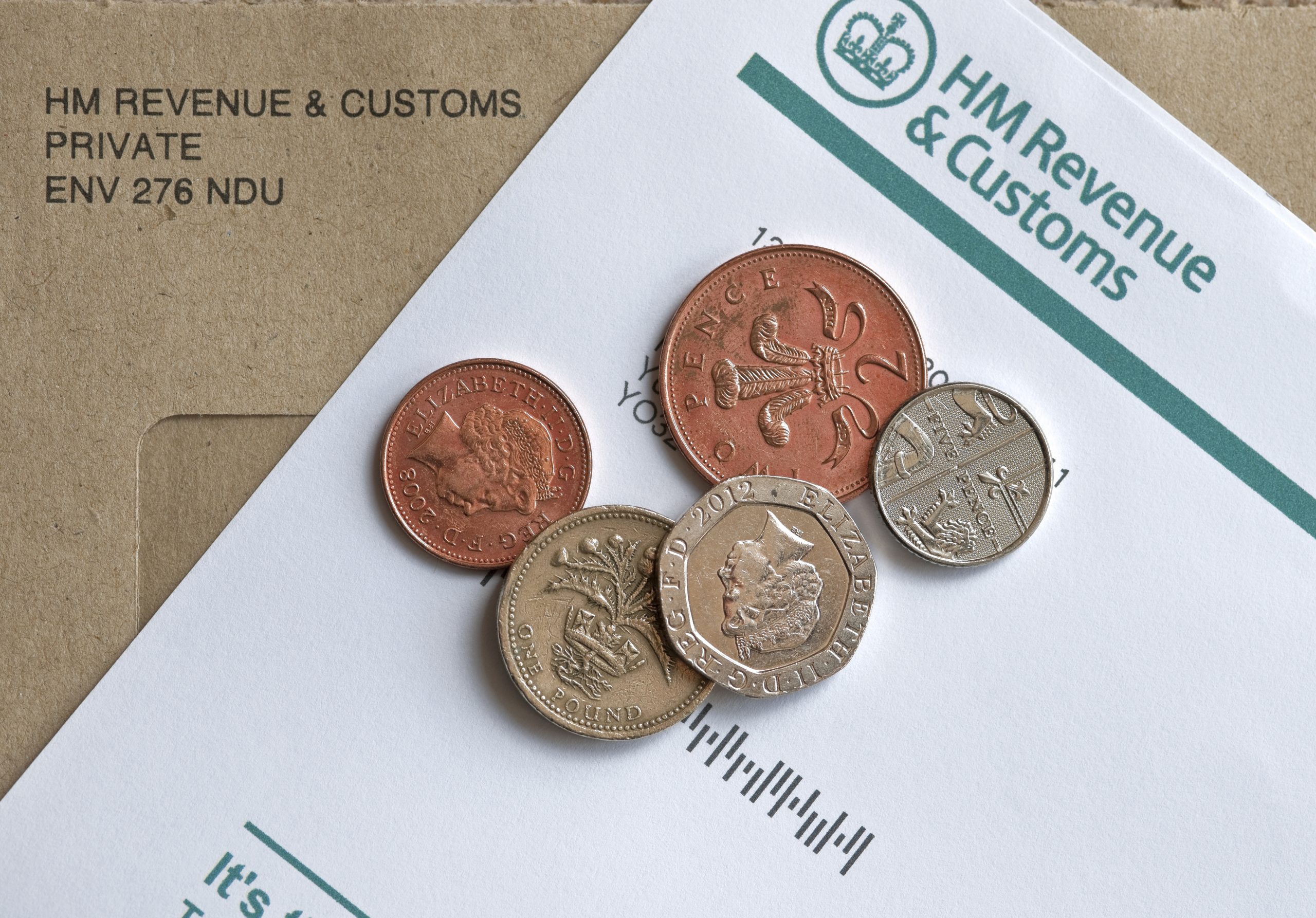 Curious Questions: Why does our tax year start on April 6th?
Curious Questions: Why does our tax year start on April 6th?The tax-year calendar is not as arbitrary as it seems, with a history that dates back to the ancient Roman and is connected to major calendar reforms across Europe.
